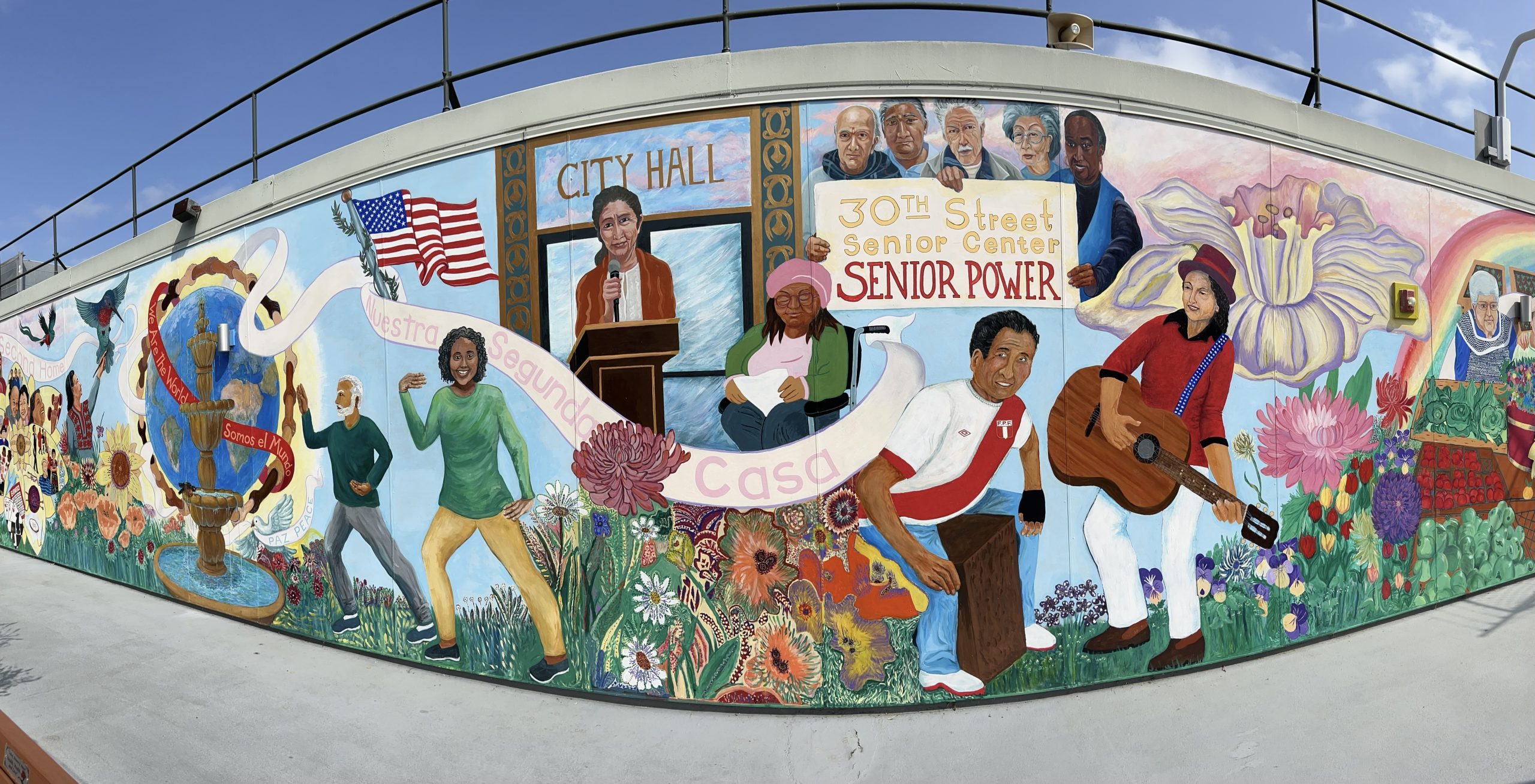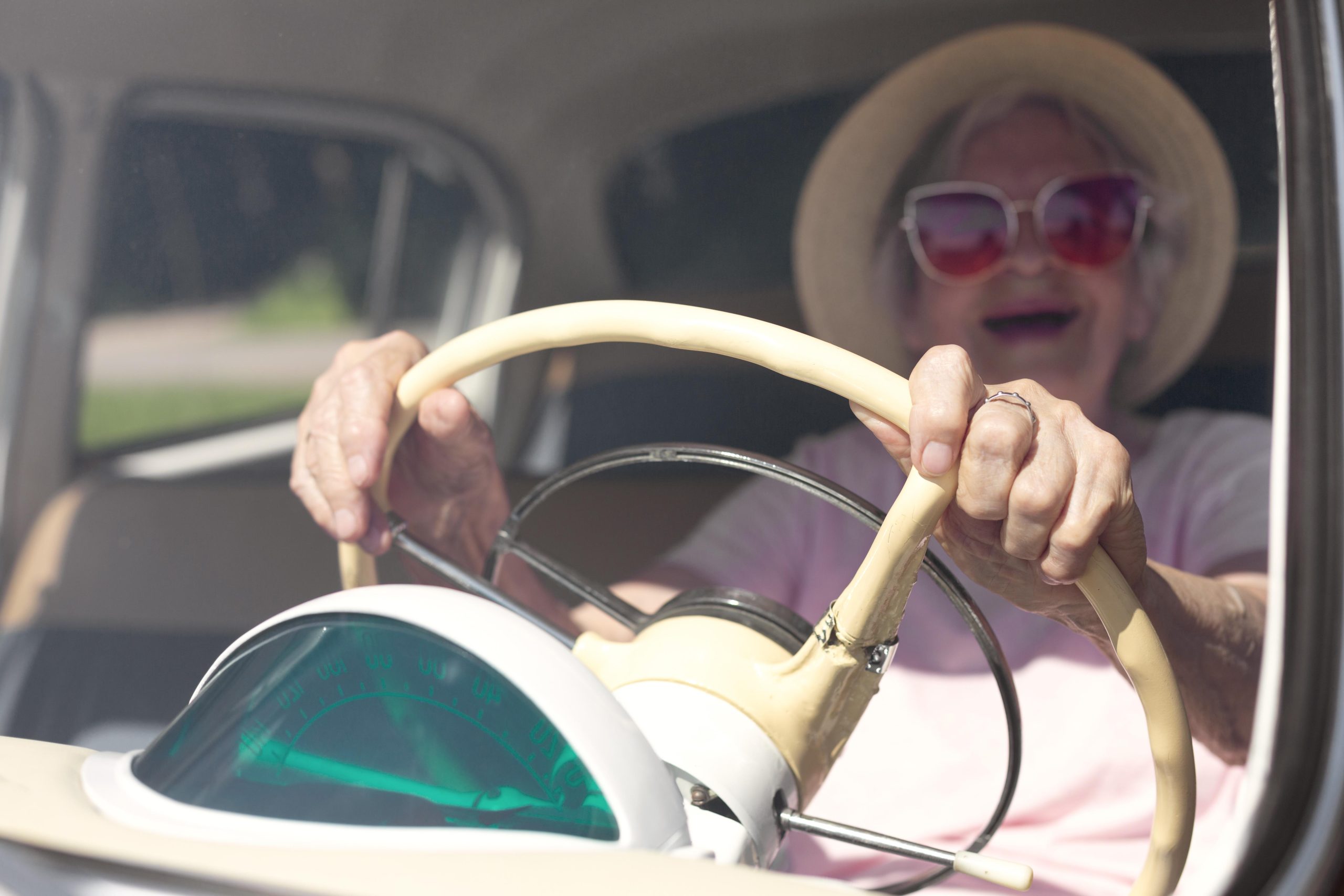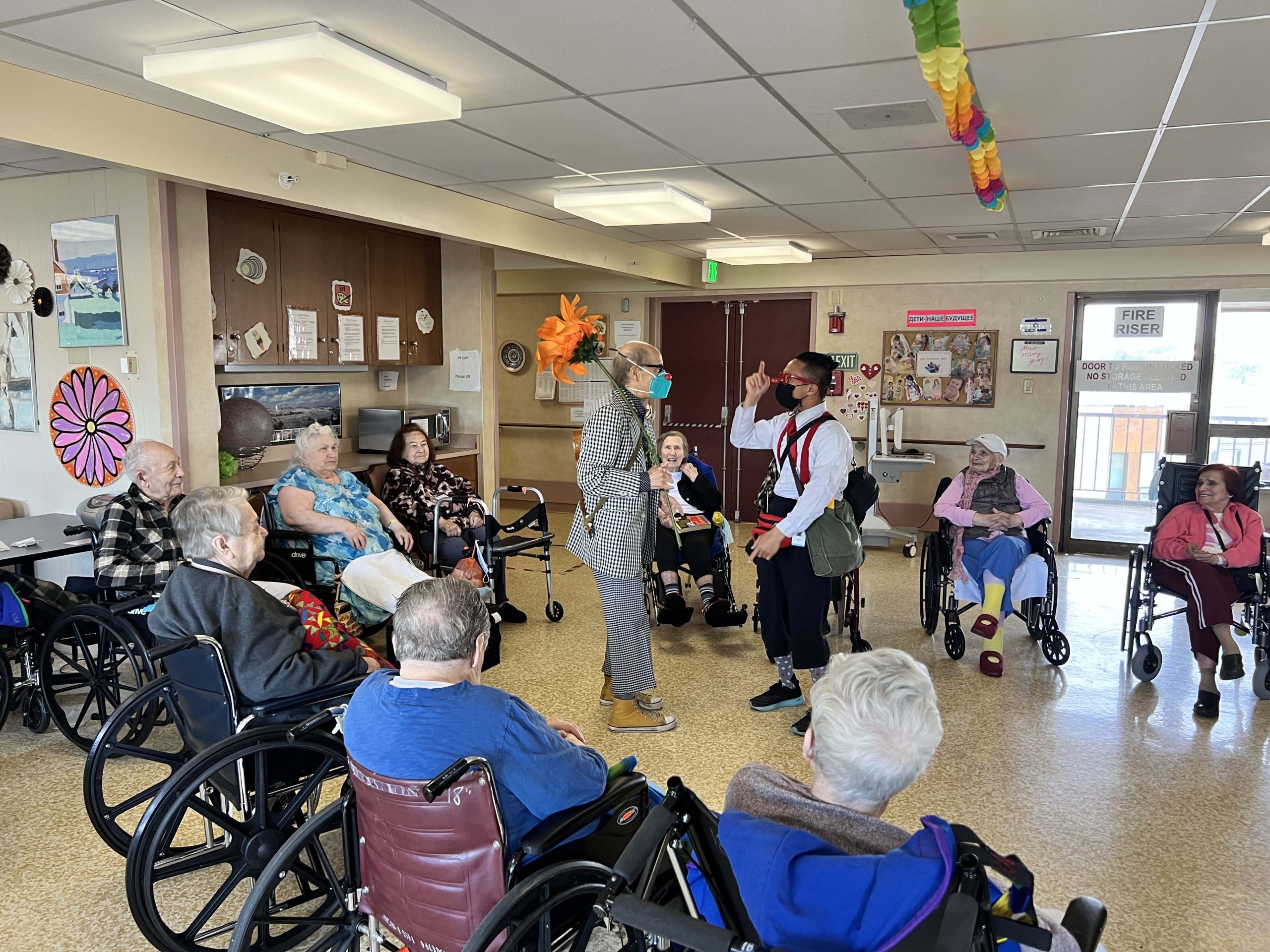Vision loss ‘like moving to a foreign country’ – but plenty of help available to learn the language
When Susan Kitazawa started losing her sight 15 years ago, one of the first things she started to do was self-monitor her driving. She restricted herself to places she felt more comfortable driving: only in the daytime, not in the rain, not on the freeways.
And she asked for help. “I asked three friends of mine who rode with me regularly to assess my driving.” She told them to report her to the Department of Motor Vehicles once they thought she’d become a danger to herself and others, if she didn’t stop on her own volition. “It’s really hard to give up your license.”

Kitazawa believes there are a lot of people visually impaired like her who are driving when they shouldn’t be. Her doctor signed the DMV form saying she could drive with caution, but the DMV gave me a five-year, unlimited license!” She drove for only three years after that.
There are nearly 15,000 people who are blind or have low vision in San Francisco, according to the U.S. Census Bureau’s 2017 American Community Survey. Kitazawa thinks the majority are not out and about because they haven’t gotten the skills-training they need to navigate their environment. “I can go for days and not see another person with a guide dog or a white cane.”
Coming to terms with vision loss
She understands how difficult it is for people to come to terms with vision loss. “Learning to live with a disability is like moving to a foreign country that I didn’t plan on moving to,” she said.
Her first reaction to a diagnosis of irreversible optic nerve disease was denial. “I couldn’t believe it. I thought I just needed new contact lenses.” After three years of gradual vision loss left her unable to work, part of her was still in denial. “I asked for a regular retirement package, not disability retirement. Even though I couldn’t see very well, I still didn’t think I had a disability.”
In the retirement office, she couldn’t read the paperwork. She blamed it on poor lighting and asked the counselor to read it. He noted that he was older than her and didn’t have any trouble reading in that light. “I had to admit that if I could have read in that light, I wouldn’t be leaving my job. I did have trouble seeing.”
That started the grieving process. “When I found out that eye disease would eventually completely take away my vision, I was very, very sad – and scared as anyone would be. I cried a lot when I was by myself.”
Kitazawa had been leading a busy life as a school nurse with San Francisco Unified School District and taking evening classes at City College of San Francisco for fun.
Six weeks after being diagnosed, she called a friend who was losing his sight and asked him how he managed. “In my 25 years working as a registered nurse, both in nursing school and in in-service workshops, I was taught nothing about working with blind people.”
For that, she turned to The Lighthouse for the Blind and Visually Impaired in San Francisco. They offer a wide range of skills training for people who are blind or have low-vision. Kitazawa took classes in Braille, orientation and mobility (O&M), using accessible technology and how to use a white cane.
The cane turned out to be a specially wonderful tool, she said.
“I use it when I’m tired and having a problem processing visual information; when it’s crowded, at night, especially going down a flight of stairs; in a dimly lit place, when the sidewalk is bumpy; in an unfamiliar building.”
But there is a definite skill to using it. “You don’t want to continually jam the cane handle into your belly when it hits an obstacle,” she said. “In O&M, we learn how to move around inside and outside. “
Educating the sighted
They also learn how to instruct sighted people to help them. What doesn’t help is when asked where the bathroom is, people say “over there” – a very big place if you’re blind. “Specific directions are essential,” Kitazawa said. When she enters an unfamiliar room, she will ask someone to describe it to her, in detail. For those who encounter the vision-impaired, she said, “It really helps when people say who they when they greet us. We can’t see you!”
Kitazawa would like people to ask before trying to help. She said she is frequently arm-wrestled across an intersection, usually by a man. “I know they are well-meaning, but I can’t tell you how many times I’ve been escorted across a street I didn’t intend on crossing. Just because I can’t see very well, I can talk, I can answer questions.”
There’s a lot of misperceptions about blindness in general, she said. Many people think of sight as an “on/off” modality, Kitazawa said. But vision encompasses the same range of capabilities as many other bodily functions. “People seem to understand gradations of memory loss, from sharp memory to no memory at all. The same with hearing. People can walk with a cane, a walker or be confined to a wheelchair.”
The causes of vision loss are also varied: Some is caused by physical eye damage, some by optic nerve damage. Some may result from a brain injury. And so are its physical manifestations. “Lots of people say to me ‘You don’t look blind,’” but blind people don’t all look the same.
Informally, according to the Braille Institute, people who even with corrective lenses cannot read the largest letter in an eye chart are considered legally blind.
The legal definition: If your best distance vision is 20/200 or lower, even with corrective lenses. This means what the average person can read at 200 feet, you can read at 20 feet. You also qualify if your best distance vision is 20/200 or better, but your peripheral field is 20 degrees or less. The average person can see 140 degrees without turning their head.
Easing into change
Vision loss has put limitations on Kitazawa’s activities, but it has also spurred it to new level. She credits training and support of many organizations, including the Lighthouse and Independent Living Resource in San Francisco and The East Bay Center for the Blind and The Ed Roberts Center, both in Berkeley.
She has taken more classes at City College San Francisco. “CCSF became my job. I took art, dance, writing, languages – all the creative fun things I didn’t have time to do when I was working.”

She’s painting again. “I had a piece of art called ‘All of Us’ accepted for exhibition at the National Nurses United Conference to be held Sept 2019 in San Francisco.” It’s an acrylic painting with tactile elements. One of the blind people is holding a sign that says, “All of us have abilities and disabilities, you too!”
She’s traveling more, too, before total blindness sets in. Last year, she went alone to Japan “to bring some keepsakes to the place where my mother was born. When she was dying, she wanted something of hers to go home to Japan.” In March, it was a Roads Scholar tour to Argentina: “There were a bunch of places I wanted to see there; too much running around to go by myself.”
She wants to fit in at least two more International trips before May 2020, when she’s scheduled to get a guide dog. “I’ve had to weigh the dog’s usefulness to me versus taking care of a dog.”
Her helpful companion will come from The Seeing Eye Inc., the oldest guide dog school in the United States. Kitazawa liked the staff and their training program, and the fact that they carefully match the person’s and dog’s personalities. “I walk really fast because I was a nurse. I need a dog with the same pace.”
I’m not amazing
Kitazawa attributes her ability to adjust to “two very resilient parents who were bright, good problem-solving people.” They told her, “Whatever it is you are faced with, you have to deal with it. It may not be just, right or fair, but you still have to deal with it.” Her parents and many of her relatives had been incarcerated in U.S. Internment camps during WWII.
Still, there is coping to do. She has lost some friends. “I’m an over-helper. All my adult life, I’ve been the one to volunteer to drive someone, to bake cookies, whatever you need I’ll do it.” As her helping abilities lessened, a few friends drifted away. Some were likely afraid, she said. “They feel ‘If she can go blind, I could go blind.’”
Some have labeled her “super-disabled” because she is so active. “I used to tell my friend who is a quadriplegic, in a wheelchair since 17, holding down a full-time job, ‘You are amazing!’” She said that wasn’t true.”
The friend explained she just did what she had to, or she’d die. “I didn’t understand that until I began living with a disability, too.”





